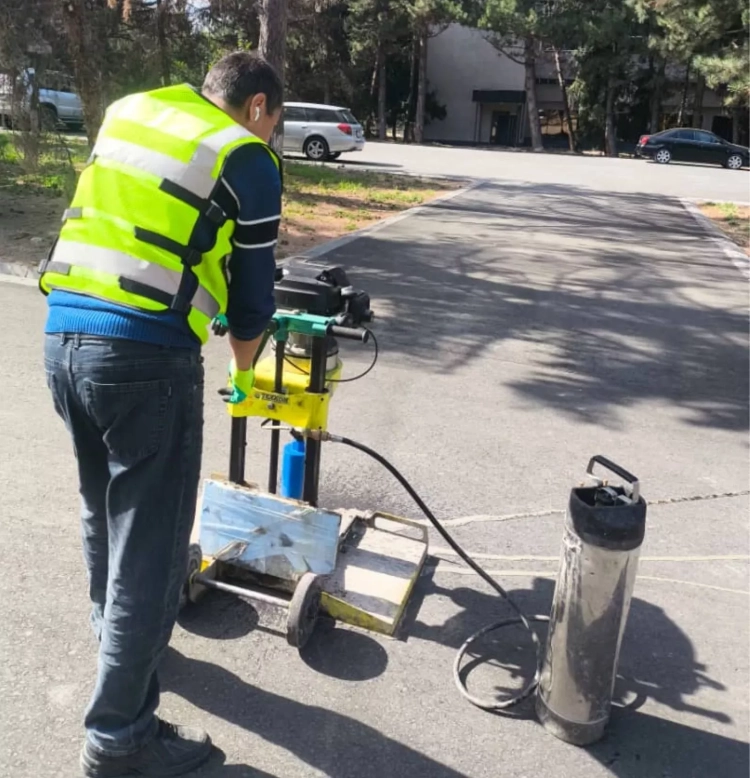
City in Honor of N.M. Przhevalsky
Starting from 1875, the growth rate of the city significantly increased. From 1890, settlers from Ukraine, the Black Earth regions, and the Volga region began to settle in Karakol. According to the 1897 census, the population of Karakol included Russians (36%), Sarts (27%), Kyrgyz (17%), Chinese (11%), and Tatars (7%).

Before the revolution, Karakol had 11 leather factories, one of the four intestinal-cleaning enterprises in modern Kyrgyzstan, and the oil mill of the famous merchant Vorotnikov, the largest in the Semirechye region. The largest wool washing facility in pre-revolutionary Kyrgyzstan was also in Karakol, employing 100 people. Industrial production was supplemented by crafts and home industries. Among those engaged in crafts were many sawyers, ladder makers, spinners, fishers, and coppersmiths. Beekeeping and gardening had commercial significance.

In the 19th century, a public assembly of the diverse intelligentsia of the city emerged in Karakol, where amateur performances and concerts were held. Like in any small Russian town, there was a drama club. In 1887, the first meteorological station in Kyrgyzstan was established in Przhevalsk, the first public library opened in 1905, and in 1913, the first scientific society in the region, the "Przhevalsk District Society of Beekeepers and Gardeners," was founded, which played a significant role in the development of important sectors of the economy in the Issyk-Kul region.

In the same year, the first agricultural journal in Kyrgyzstan, "Przhevalsky Rural Host," was founded. In 1909, the "Encouragement Racing Society" was established, which participated in the construction of a racetrack in 1910. Among the medical institutions were a military hospital with a department for civilians, city and district pharmacies.

In the early 1880s, an agricultural school was established in Karakol to teach young people the basics of farming, and by 1913, there were already seven general education schools in the city: a women's gymnasium - one of two that existed in pre-revolutionary Kyrgyzstan (the second, a men's gymnasium, was located in the city of Pishpek), one men's two-class school, a Russian-native school with a boarding house, and four madrasahs. According to the founder of Karakol, A.V. Kaulbars, the city was meant to "bring the light of Russian culture into the depths of the Tian Shan." And so it happened: at the end of the 19th and the beginning of the 20th century, Karakol (Przhevalsk) was culturally a step ahead of other cities in Central Asia.

The participants of numerous scientific expeditions sent here by the Russian Geographical Society, the Geological Committee, and other organizations to study Russian and foreign Asia played an invaluable role in raising the culture of the city. Located at the very edge of unexplored lands, it became a base, a kind of pre-launch point for expeditions. Here, the great explorer of Central Asia, Nikolai Mikhailovich Przhevalsky, spent his last days and passed away. On March 7, 1889, to commemorate his memory, the city of Karakol was renamed Przhevalsk.












































